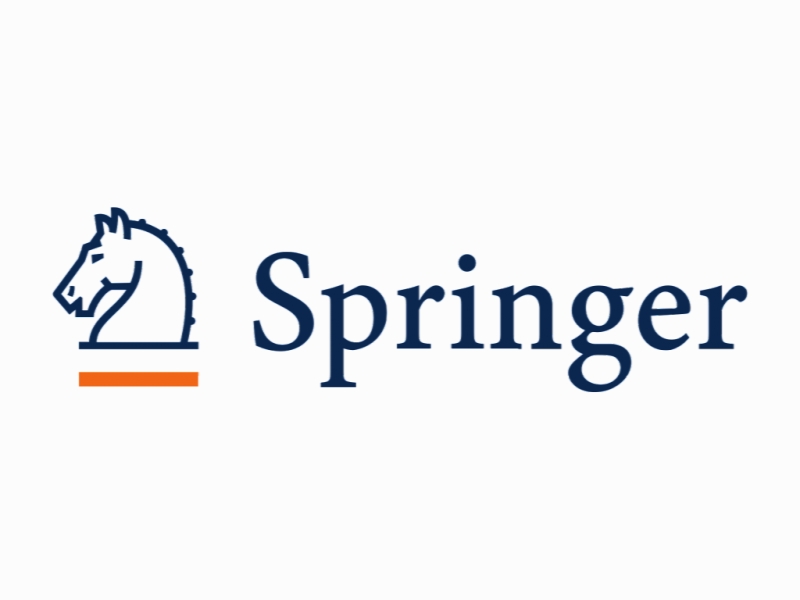سیستم پشتیبانی تصمیم گیری بر پایه مدل برای تغییرات استفاده از زمین و ارزیابی های اجتماعی و اقتصادی Model based decision support system for land use changes and socio-economic assessments
- نوع فایل : کتاب
- زبان : انگلیسی
- ناشر : Springer
- چاپ و سال / کشور: 2018
توضیحات
رشته های مرتبط مهندسی صنایع، جغرافیا
گرایش های مرتبط برنامه ریزی و تحلیل سیستم ها
مجله زمین خشک – Journal of Arid Land
دانشگاه Xinjiang Institute of Ecology and Geography – Chinese Academy of Sciences – China
منتشر شده در نشریه اسپرینگر
کلمات کلیدی انگلیسی decision support system; hydrological modeling; ecosystem services; land management; socio-economic indicator; Tarim River Basin
گرایش های مرتبط برنامه ریزی و تحلیل سیستم ها
مجله زمین خشک – Journal of Arid Land
دانشگاه Xinjiang Institute of Ecology and Geography – Chinese Academy of Sciences – China
منتشر شده در نشریه اسپرینگر
کلمات کلیدی انگلیسی decision support system; hydrological modeling; ecosystem services; land management; socio-economic indicator; Tarim River Basin
Description
1 Introduction The debate over the effectiveness of integrated water resources management (IWRM) in practice has lasted for years (Jeffrey and Gearey, 2006; Biswas, 2008; Quevauviller, 2010; Giordano and Shah, 2014). As the complexity and scope of IWRM increases, the difficulties of hydrological modeling are shifting from the model itself to the links with other cognate sciences and to understand the interactions among water, earth, ecosystem and humans. This paper presents the development and implementation of a decision support system (DSS) that links the outputs of hydrological models with real-time decision making on social-economic assessments and land use management. The DSS assists the decision-making in a qualitative manner based on the outputs of hydrological models and knowledge of experts in cross-disciplinary fields. There are currently many DSS models with economic assessments (Wenkel et al., 2013; West and Turner, 2014; Yue et al., 2014; Pedro-Monzonís et al., 2016), focusing on single topic (e.g., climate change, land use, agriculture, water account), and many socio-economic models (Flörke et al., 2013; Arnell and Lloyd-Hughes, 2014; Herrero et al., 2014; Visconti et al., 2015) without simulation of hydrological processes. Few model is capable of integrating meteorological, geographical, ecological, social and economic factors, which is based on the simulation of hydrological models. Little research has been done to show the interactions of so many crossdisciplinary researches on IWRM to understand ecosystem services (ESS) and integrate them into land and water management. Due to model complexity issues, many DSS models have to consider less issues within a specific research framework (McCown, 2002; Basso and Ritchie, 2015). However, the model complexity of DSS is worth the effort (Chenoweth et al., 2004; Power et al., 2015) to increase model accuracy on the comprehensive analysis in IWRM. Since the last decade the Chinese government has been promoting the development of western China. The demographic development and socio-economic change has led to a rapid change of land use systems in the Tarim River Basin, where it is the habitat for more than 80% of Populus euphratica trees in China, and has substantially affected the quantity and quality of arable soil, surface water, and groundwater (Zhao et al., 2009; Zhang et al., 2014; Rumbaur et al., 2015). These changes in soil and water have large impacts on the crop production and natural vegetation (Chen et al., 2015; Zhang et al., 2015), such as the P. euphratica trees. Since 2011, the German Ministry of Science and Education Bundesministeriums fuer Bildung und Forschung (BMBF) established the Sino-German SuMaRiO (www.sumario.de) project for sustainable management of river oases along the Tarim River. A cross-disciplinary consortium of 11 German and 9 Chinese universities and research institutes joint together for the research on SuMaRiO and the DSS. Project SuMaRiO focus on realizable management strategies, considering social, economic and ecological criteria. This will have positive effects for nearly 10×106 inhabitants of different ethnic groups. The DSS is the main outcome of SuMaRiO. The overall goal of the DSS is to integrate all crucial research results of SuMaRiO, including stakeholder perspectives, into a model based decision support system, which allows a sustainability impact assessment within regional planning on land and water management in the Tarim River Basin to understand ESS and interactions with water, earth and humans. The DSS is an indicator based tool that enables stakeholders and decision-makers to evaluate the consequences of their intended actions, which helps to implement sustainable land and water management measures in the upcoming development plans (Disse, 2016).


